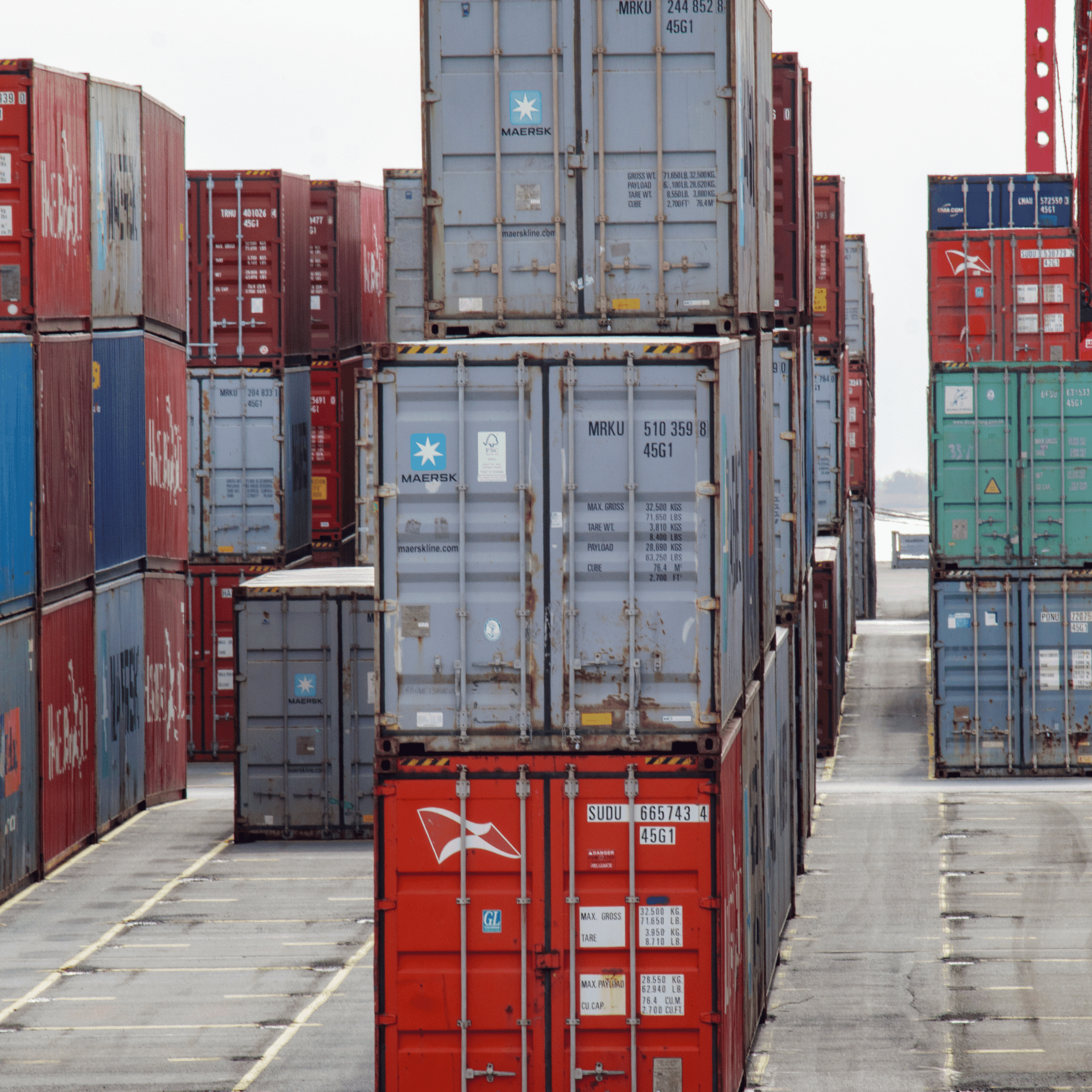For importers and supply chain managers, the choice between a Foreign-Trade Zone (FTZ) and a Customs Bonded Warehouse can have a major impact on costs, compliance requirements, and operational flexibility. Both programs help companies defer or avoid duties and taxes, but the way they work—and the benefits they deliver—are very different.
This in-depth comparison breaks down how FTZs and bonded warehouses operate, the cost implications of each, and how to decide which is right for your business. We’ll also share how Snapl’s Class 3 Public Bonded Storage Warehouse in South Hadley, MA helps importers throughout New England maximize cash flow and compliance efficiency.

Understanding the Basics
What Is a Foreign-Trade Zone (FTZ)?
An FTZ is a secured location in the United States that is legally considered outside of U.S. Customs territory for duty assessment purposes. Duties and certain taxes are deferred until goods leave the FTZ and enter U.S. commerce, and if merchandise is re-exported, no duty is paid.
FTZ programs can also provide inverted tariff benefits (when the duty rate on a finished product is lower than the parts), weekly entry savings on the Merchandise Processing Fee (MPF), and limited manufacturing or assembly rights with Customs and Border Protection (CBP) approval.
What Is a Customs Bonded Warehouse?
A bonded warehouse is a CBP-supervised facility where imported goods can be stored without paying duties or taxes for up to five years. Duties are only paid when goods are withdrawn for U.S. consumption, and re-exports can be made duty-free.
Bonded storage is simpler and faster to set up than an FTZ, making it ideal for companies that want flexible duty deferral, staging for inspections, kitting, or repackaging before deciding whether to sell domestically or export.
Cost Structures and Savings Potential
When evaluating Foreign-Trade Zones (FTZs) versus Customs Bonded Warehouses, most importers focus on three main cost areas: program setup, ongoing operational expenses, and potential duty or Merchandise Processing Fee (MPF) savings.
Setup Costs:
FTZs generally require a larger upfront investment, including application and activation fees, inventory control system upgrades, and possible legal or consulting costs. In contrast, bonded warehouses—especially public facilities like Snapl’s Class 3 Public Bonded Storage Warehouse in South Hadley, MA—can be accessed with minimal onboarding, avoiding the heavy startup costs associated with FTZ designation.
Ongoing Costs:
Operating an FTZ involves continuous administrative responsibilities such as CBP reporting, annual reconciliations, audits, and maintaining zone compliance. Bonded warehouse users typically pay only for the storage space and handling services they use, making it a more flexible, pay-as-you-go option.
Savings Potential:
FTZs can deliver substantial savings through weekly entry MPF capping, inverted tariff benefits, and duty deferral until goods enter U.S. commerce. Bonded storage also defers duties—up to five years—and allows importers to re-export goods without paying duty, providing a powerful cost advantage for businesses with uncertain demand or high re-export volumes.
Example Scenarios:
- A high-frequency importer could save hundreds of thousands of dollars annually in MPF costs by leveraging FTZ weekly entry benefits.
- A seasonal importer may find bonded storage more cost-effective, avoiding FTZ program overhead while still deferring duties until goods are sold domestically.

Compliance Requirements
- FTZ Compliance: Governed under 19 CFR Part 146. Requires CBP-approved procedures, continuous inventory control, strict segregation of goods by status, and periodic audits.
- Bonded Warehouse Compliance: Governed under 19 CFR Part 19. The warehouse operator maintains bonded records, supervises withdrawals, and ensures CBP oversight for all movements.
Both require secure facilities, access controls, and accurate recordkeeping, but FTZs demand more internal administrative resources.
Benefits Beyond Duty Deferral
FTZ Advantages
- Weekly entry savings on MPF for high-volume importers
- Inverted tariff opportunities for manufacturers
- Unlimited storage time while in FTZ status
- Potential manufacturing/assembly under CBP approval
Bonded Warehouse Advantages
- Lower administrative burden
- Up to five years of storage without duty
- Flexible staging for inspection, labeling, kitting, and repackaging
- Ideal for goods with uncertain U.S. demand or high re-export potential
When to Choose FTZ vs. Bonded Storage
FTZ is best if:
- You import high volumes on a regular schedule
- You pay substantial MPF and could benefit from weekly entry
- Your finished products qualify for inverted tariff savings
- You have resources to manage program compliance
Bonded storage is best if:
- Demand timing for your imports is uncertain
- You plan to re-export a significant portion of goods
- You need a quick, low-cost way to start deferring duties
- You want flexibility for seasonal or project-based imports

Snapl’s Role: Bonded Storage in New England
Snapl operates a Class 3 Public Bonded Storage Warehouse in South Hadley, MA, strategically located to serve importers using the Port of Boston and Logan International Airport. Our bonded warehouse services allow businesses to:
- Store goods duty-free for up to five years
- Perform inspections, relabeling, kitting, and repacking under CBP supervision
- Withdraw inventory in small batches to align with sales, paying duty only on what enters U.S. commerce
- Re-export unsold units without incurring duties
- Integrate with fulfillment and regional distribution services for fast market access
Whether you need a short-term staging point or a long-term bonded storage partner, Snapl delivers the compliance, infrastructure, and location to help you maximize flexibility and reduce landed costs.
Key Insights for Importers
The decision between FTZ and bonded warehousing comes down to volume consistency, administrative capacity, and export strategy. FTZs deliver powerful systemic savings for high-volume, high-frequency importers, while bonded warehouses offer unmatched flexibility and lower overhead for variable or seasonal trade flows.
If you’re not sure which option will produce the best return, Snapl can model the duty, MPF, and operational costs for your specific SKUs and volumes—helping you choose the right compliance path from the start.

Save on Duties, Strengthen Your Supply Chain
Contact Us





